More of this story can be found in ALABAMA FOOTPRINTS: Settlement: Lost & Forgotten Stories
Burnt Corn Creek is a creek in the northern part of Escambia County and a tributary to the Conecuh River. The name is derived from a “large spring, which bursts from beneath the hill below the village” of the same name. The spring is situated on the old Pensacola trail, and was a noted camping round during early Indian times.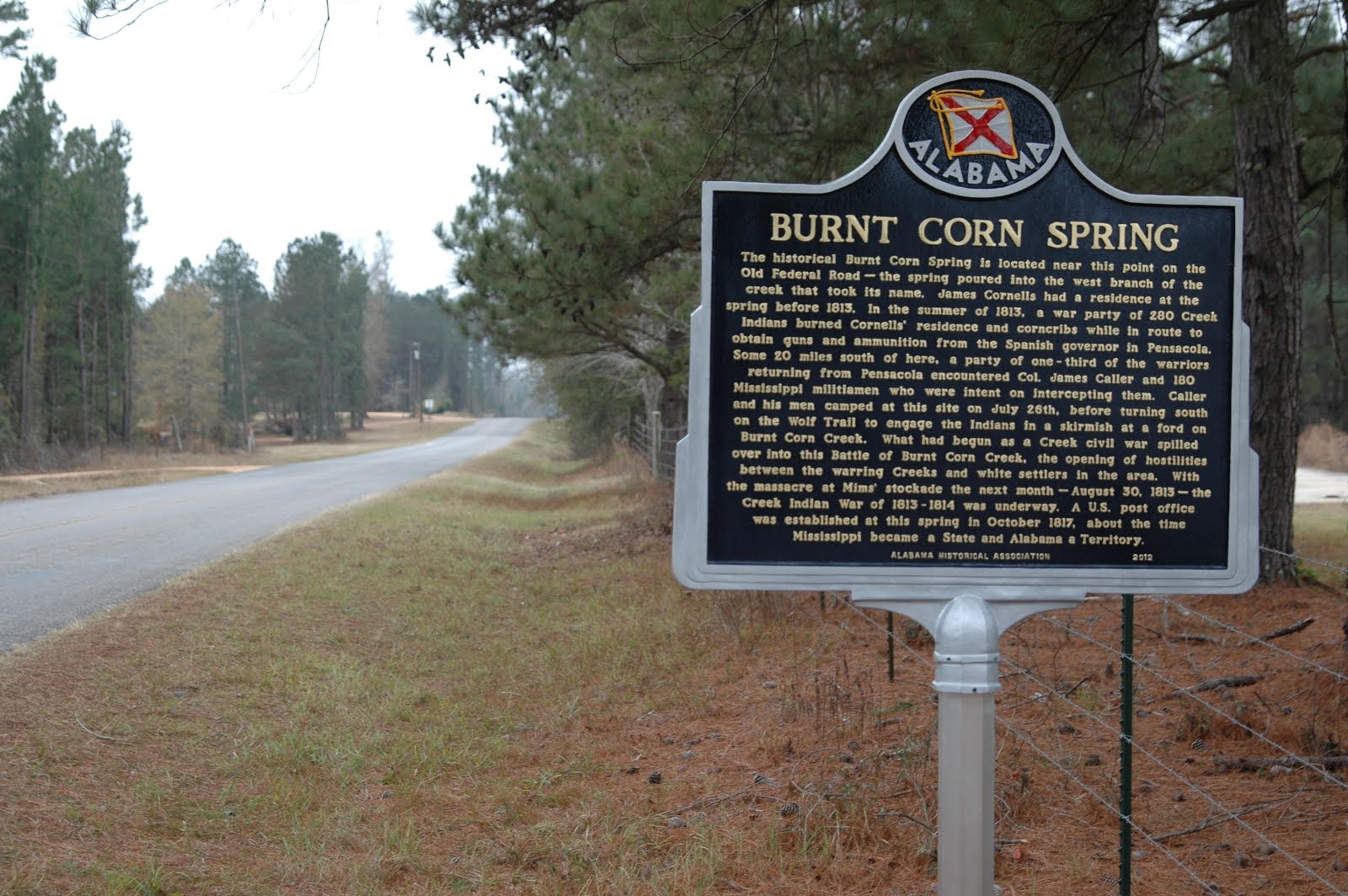
Burnt Corn Creek at Brewton, Alabama
No one really knows how old Burnt Corn was, but many historians claim that Whites, Blacks and Indians were living in harmony in Burnt Corn for almost a century before the fall of 1811 with good trade relations, intermarriage, and reliable treaties. If this true, Burnt Corn was founded sometime in the early 1700’s and is older than the United States as an independent county.
There was almost full assimilation among those living in the area. “Among the mixed blood families were these names: Weatherford, Hightower. Tait, Durant, McGilbray (McGillivray). Many were families of high descent among the Wind Clan of the Creeks; they were of the elite of the great Creeks.”1
The following theories have been mentioned by historians as to how Burnt Corn received it’s name:
- The Creek Indians burned the white settlers corncribs trying to drive them on off tribal land.
- The White Settlers is said have burned the Creek Indians corn fields to claim the Creek Indians land
- It is reported that a group of Indians traveling on a path were forced to leave an ailing companion there. They provided him with a supply of corn. When he recovered, he had no way to carry the leftover corn so it stayed on the ground and eventually burned in his campfire. Other travelers came along the trail and noted that they camped at a spring where the “corn had been burnt.” The name Burnt Corn has remained there ever since.
- A party of Indians on their way to Pensacola, stopped at James Cornell’s’ trading house, burned his corncribs, took his new wife, and brought her to Pensacola where she was traded for an Indian blanket, The creek where Cornell’s settled took the name “Burnt Corn” because of the destruction of Cornell’s’ barn and his supply of corn.
In the fall of 1811, the great Shawnee Tecumseh came to Burnt Corn to incite the Creeks against the whites. He gave a speech at Tuckabatchee, challenging the Creeks to regain their former glory.
Near the spring, also known as Burnt Corn, in the early years of the nineteenth century, lived the noted Creek Indian half-breed, James Cornells. He was the authority for the statement that the name was given because of the finding of a pile of charred or burned corn at the spring, left there by a sick Indian. Near the crossing of the creek and the old Pensacola trail, July 27, 1813, the Burnt Corn Fight, the first engagement of the Creek Indian War of 1813-14, took place.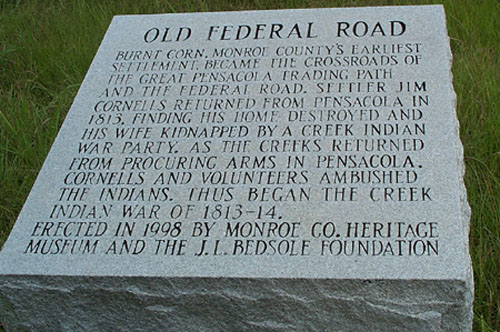
Prior to the battle, the Creeks had become increasingly concerned about the rising number of white settlers and traders traveling the recently completed Federal Road to the Mississippi Territory.
In the early summer of 1813, large numbers of disaffected Creeks assembled at the Holy Ground on the Alabama River. In July, about 300 warriors left the place, under the command of Peter McQueen, Jim Boy, and Josiah Francis, for Pensacola. There they expected to secure ammunition for the impending war from the Spanish governor. On the way some hostile acts were committed. The hostile Creeks were called Red Sticks because of the red-painted clubs that they carried. Though they had Creek ancestry, the plantations of Sam Moniac and James Cornells were burned and James Cornell’s wife was kidnapped. She was later ransomed in Pensacola. It was subsequently learned, through spies, that they had procured 300 pounds of powder and a quantity of lead from Gov. Manique.
This building originally housed the Burnt Corn Post Office. The upstairs once housed meetings of the Masons and the Burnt Corn Methodist Church.
On information reaching the Tombigbee settlements, Col. James Caller, senior militia officer of Washington County, at once organized an expedition to intercept the Creeks on their return to the nation. At the head of three small companies, Col. Caller crossed the Tombigbee, July 25, and on his march across Clarke County and beyond the Alabama, he received reinforcements, so that finally his entire command numbered about 180 men, composed of white men, half-breeds, and friendly Indians. On the night of July 26, he camped near the present Bellville, and the next morning took the line of march down the, Pensacola trail to intercept the Creeks on their return.
Old Federal Road Marker located near the Old Bethany Church. This marker also describes the event that started the 1812 Creek Indian War.
“The militia group included a company raised and commanded by frontiersman Samuel Dale. The force proceeded eastward from Washington County, traveling part of the distance on the Federal Road, crossed the Alabama River on July 26, and reached Burnt Corn Creek on the morning of July 27. Scouts ranging ahead of the force reported that the Red Stick band was enjoying a noon-day meal at a bend in the creek, called the “Old Wolf Path” and was unaware of the approaching militia.”2
The historic Dr.John Watkins House, built in the 1820s, is located approximately 1 1/2 miles north of Burnt Corn.
Porch of Dr.John Watkins House, built in 1812 north of Burnt Corn.
The surprised Red Sticks were driven into the nearby brush. At this point, it was reported that Caller’s men, believed the Creeks were routed and began to loot the camp and lead away the pack horses. However, the Red Sticks returned and mounted a fierce counterattack. Caller’s men fell back to a nearby hill. But a “small band of militia members, led by Captain Samuel Dale, Dixon Bailey, and Benjamin Smoot, stood its ground and thus prevented the disordered retreat from becoming a complete rout. Having left their horses unattended, the militia members fled on foot or mounted the nearest horses, including the pack animals. The Red Sticks pursued the men for a short way but were unable to overtake them. Caller and one of his officers became lost in the swampy woods and were rescued about two weeks later, malnourished and delirious.3 Alexandre Hollinger, son of Adam Hollinger and Marie Joseph Juzan was among the wounded at Burnt Corn.4
The militia’s casualties included two dead and 10 to 15 wounded while the Red Sticks were reported to have lost 10 men. The militia managed to take much of the shot and powder from the Creeks.
“Reportedly, all of the men who took part in the battle immediately mustered out of the militia, and those who were identified as participants were subjected to public ridicule for many years afterward.”5
The consequence of the attack was a retaliatory raid on Fort Mims August 30, 1813 which triggered the outbreak of the Creek War. Many of the hostile Creek Indians wounded at Fort Mims died at Burnt Corn Spring.
SOURCES
- Riley, History of Conecuh County (1881), pp. 62-63; Pickett, History of Alabama (Owen’s ed., 1900), p. 539.
- Meek, Romantic passages in southwestern history (1857), pp, 244-246;
- Pickett, History of Alabama (Owen’s ed., 1900), pp. 521-525;
- Claiborne, Life and times of Sam Dale (1860), pp. 70-82;
- Halbert and Ball, Creek War (1895), pp. 125-142;
- Alabama Historical Reporter, June, 1880; Riley, Conecuh County, (1881), p. 16.
- Photo credit
See a list of all books by Donna R Causey at amazon.com/author/donnarcausey
More of this story can be found in ALABAMA FOOTPRINTS: Settlement: Lost & Forgotten Stories


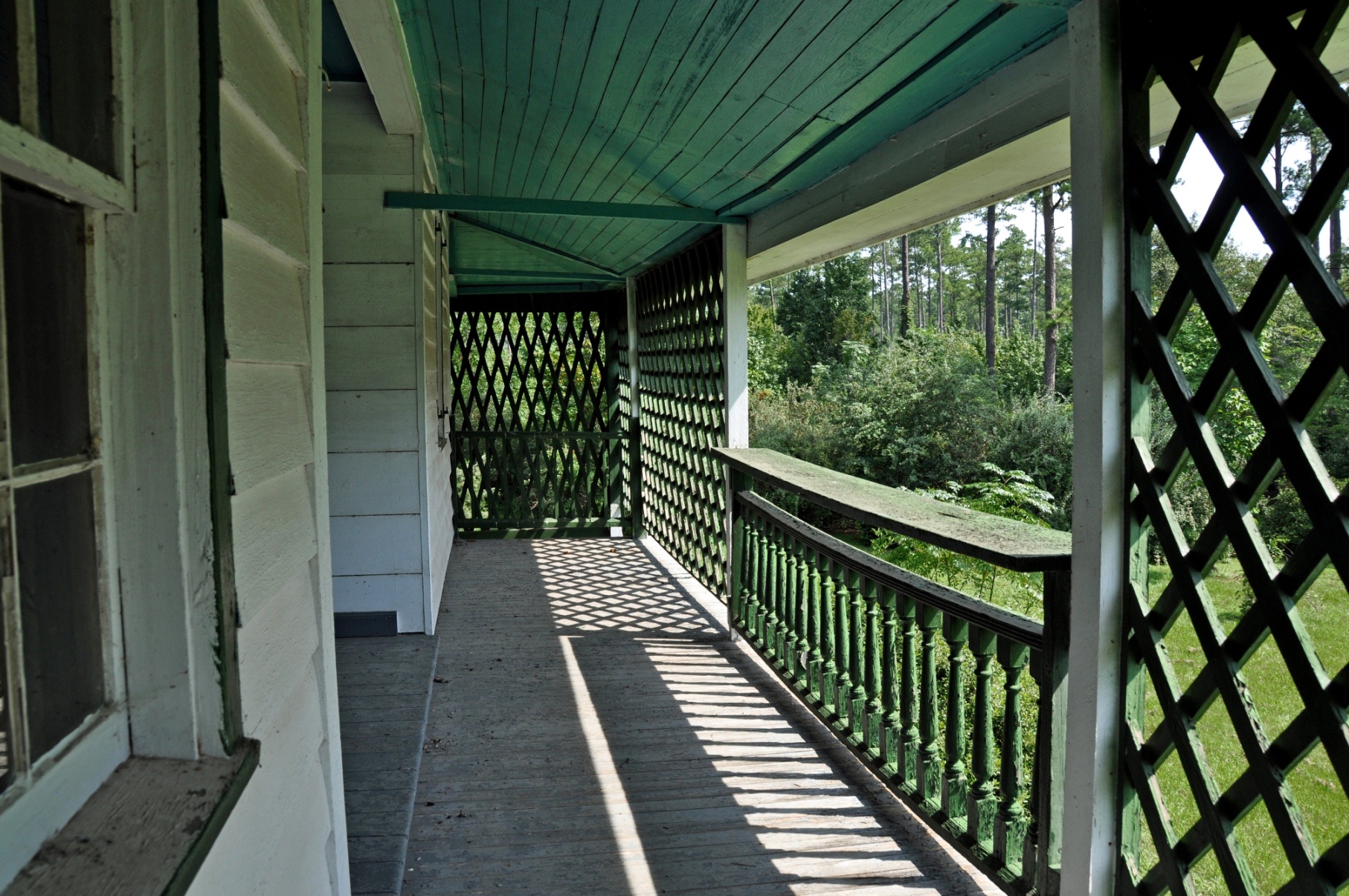
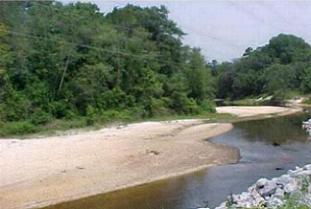
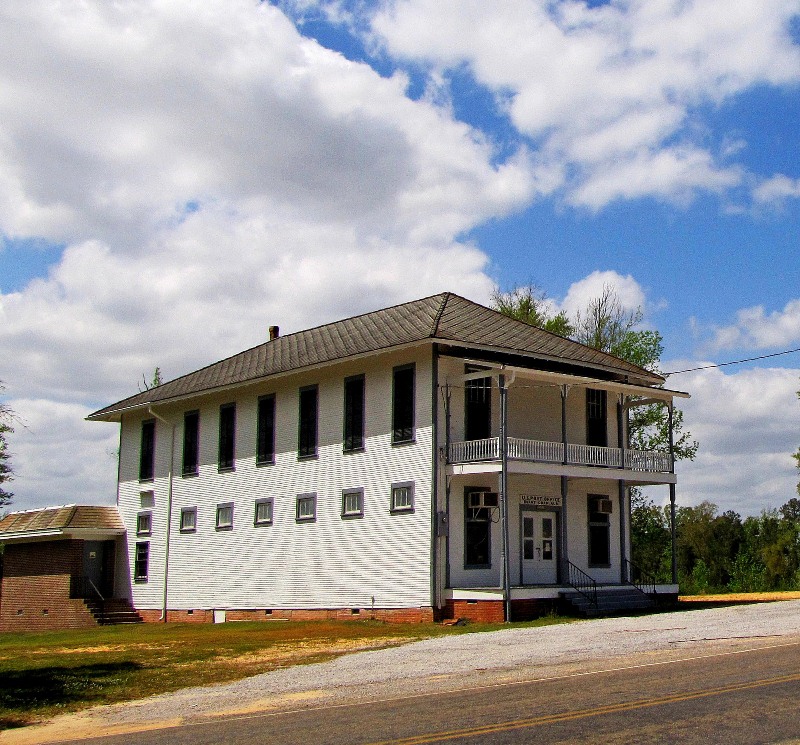
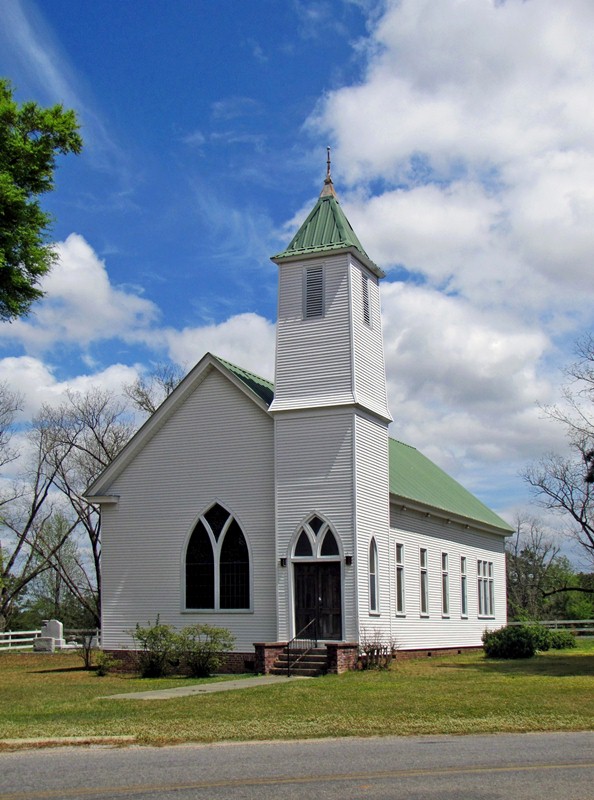
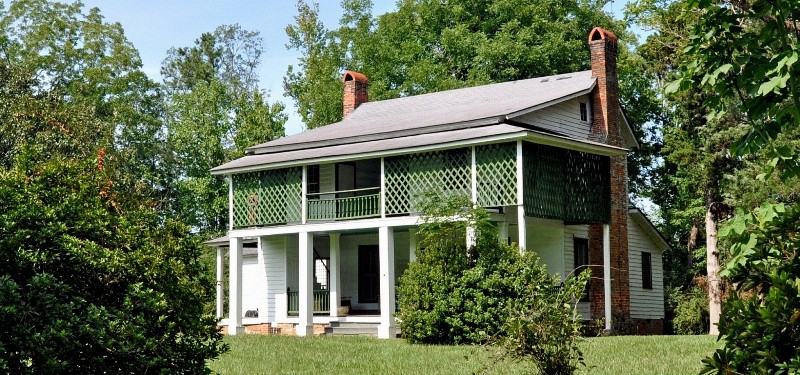
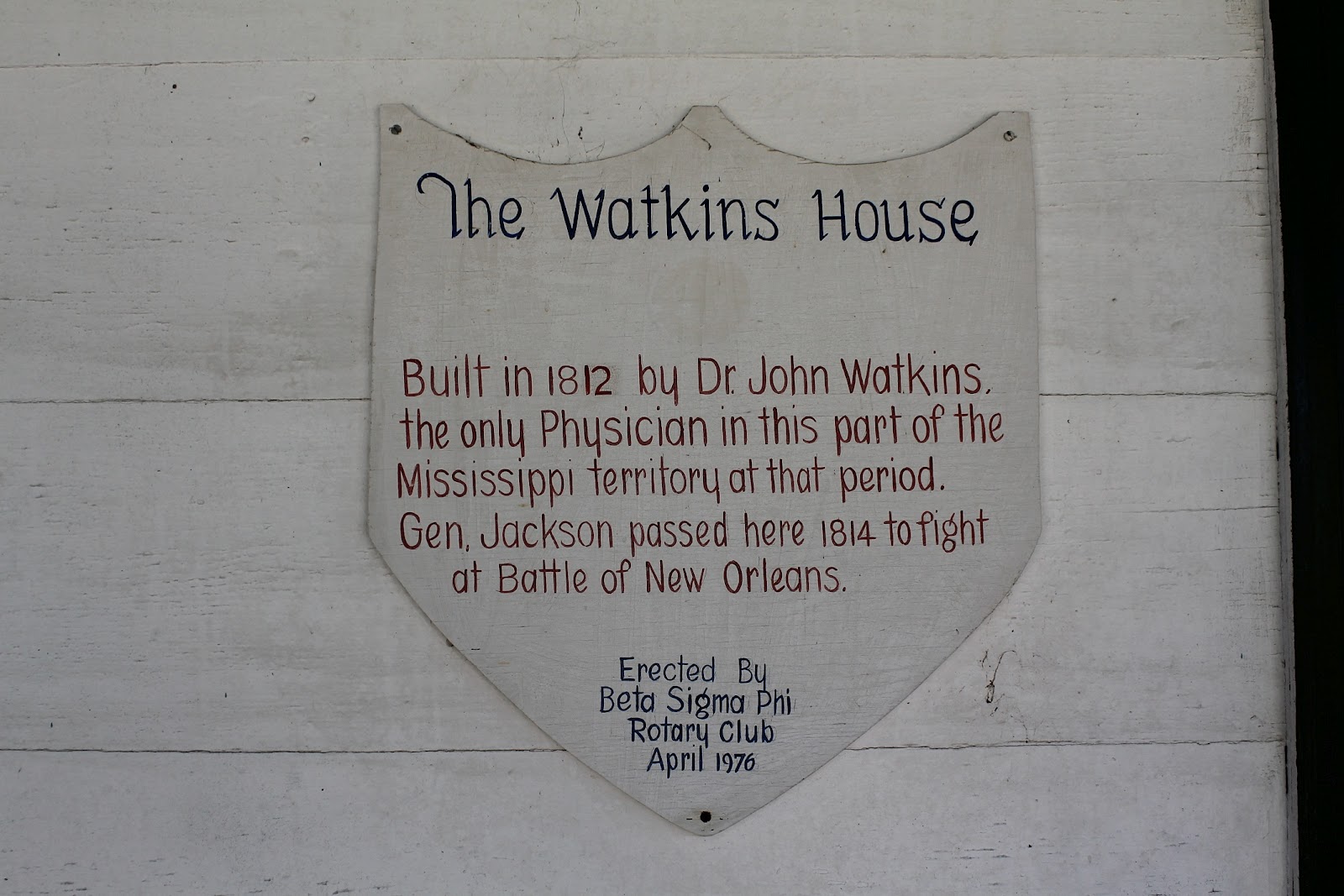
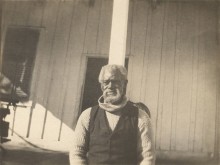
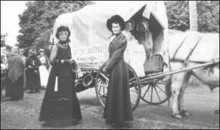
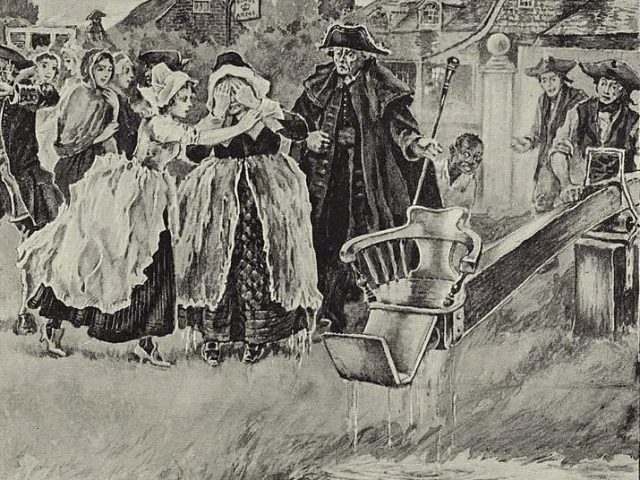
Brandon you thought I was playing when I said Burnt Corn!! Lol country af!
My GG Grandfather lived in that area in 1880. Soloman Hearin.
I think my ancestor James Asbury Tait was the postmaster there at some point.
I worked at a hunting camp there not much to the place but a lot if deer and we would find Indian heads everywhere
I stay a town over, in Tunnel Springs. We were always told that it got its name from white people who burn some Indians corn fields. and it is packed with deer.
My grandparents lived there. Hubbard or Herbert Downing & Georgia Riley Downing.
My 6th grandfather was Joe Cornell the father of Jim Cornells mentioned on the stone in this story.
That is where NFL legend Emmit Smith’s ancestors are from. It was featured in an episode of “Who Do You Think You Are?”
This is where my mother’s father grew up. Such a long, long way from ATL.
This is very interesting. As we go down I 65 to our little house in Baldwin County, we noticed a sign had been erected with Burnt Corn on it. We think it is new because I don’t think we would have missed it every month when we go down. Wondered what that was.
U missing home babygirl? The phrase “no place like home”, is so true. Love u
I HAVE BEEN THROUGH THIS TOWN
Very interesting.
My mom is from Burnt Corn Al — born & raised
Very cool thanks for Sharing
Reminds me of central North Carolina 60 years ago
Big Sam Dale was hardly “subjected to public ridicule for …years afterward” for his participation in the Burnt Corn business. To the contrary, he fought the Red Sticks faithfully until the Treaty of Ft. Jackson and was a trusted messenger for General Jackson in the broader War of 1812 arriving in New Orleans on just such an errand for the General in time to witness the battle with the British there. He is one of the most famous and well respected of the early whites who lived in what became Alabama and Mississippi.
As you can see in the article, that was a quote from Halbert and Ball, Creek War (1895), pp. 125-142 which again points out why it is best to quote from many sources. Every person who writes a historical account of an event usually adds their own opinions in the article with their personal perspective and personal agendas. It is up to the reader to sort through all versions and draw their own conclusions.
Not being from alabama my first job was admitting patients to Jackson Hospital. I asked for address they said Burnt Corn. I laughed and said no I really need your address again BURNT CORN so I put that down. After admission I went to the nurses and ask if Burnt Corn could be an address. Then had somenody to say they lived in “Mcintush” so I typed in MCINTUSH boy did I get laughes from nurses I though Burnt Corn McIntush was good.
Most of the militia troops at Ft. Mims were veterans of Burnt Corn Creek. In all likelihood, very few “mustered out immediately,” and many did not live to face ridicule in later years.
Been there— nice
I love it,I own a home in Excel ,Al ,not far from there,it is like a different world there,,,,
Glad to see this article,as I have heard many a tale surrounding this battle in my growing up years.
I remember that area from Atmore days!!!
Very interesting. Been through that area many times , but did not know all the history shared here.
Interesting, Doug. Thanks.
I grew up right there in the little place called Burnt Corn my family goes by the name Harris and The Dukes wouldn’t trade it for anything no place like home
My parents, both deceased, Minnie Harris Tait and William Tait, were born in Burnt Corn and are buried at Bethany Church. Visited my grandparents there many times.
Hi Lois! From your first cousin Robert Ora Tait! Son of Johnnie Tait!!!!
Hi Janice and Robert! I have not checked this site in a while and was pleasantly surprised to see your response. I am very interested in learning more about our family and this site is a good start. Hope you and your family are well.
I wouldn’t neither cousin I love it the Duke’s, Lee’s, Harris and Salter’s we all got them Red Sticks Blood lol
I swam in Burnt Corn creek many times.
Very interesting
I’m a descendent of Col. James Caller (my mom is a Caller). Great to read about him and Burnt Corn!
I have been there!
Enjoyed reading your article about Burnt Corn and Col. James Caller who was an ancestor of mine…so interesting!
From the dirt roads of Alabama, to the city of New York, the mountains in Tennessee, and currently living in Dallas Fort Worth but when I think of home I think of Fantroy Road in Burnt Corn, Al. If you stood in the middle of the road you could be in two counties at the same time. The pictures of Sam Lowery’s store brought about some wonderful childhood memories. Rankins Store and Watson Groceries are 2 small businesses that still exists contributed to OUR community too. Burnt Corn is “different” as posted in an earlier comment because everybody knows each other or are related by the community other than bloodlines. Awesome article and Roll Tide!
So Dee do you think we’re related to the Dr. Watkins mentioned here? Wouldn’t that be interesting.
Janet Watkins Nixie we should research it and also visit it during our girls trip! My grandparents lived very close to Burnt Corn, and its history is fascinating!!
Yes DeAnna Bennett Goellner we should, I love the old church.
My sister Jo Carol and her husband Guy Booker live there for quite a long time now. Guys grandparents are from there. My Salter family lived there while growing up. two of them are married to Bedsoles from there. My friends at home in Louisiana can hardly believe I frequent a place called Burnt Corn! We site many deer every time we go visit my sis. Pretty countryside , but a little too far away from modern civilization for me personally.
My grandparents, Rufus Martin lived 2 miles from Burnt Corn. My grandmother was a Waters. Guy Booker and his family were their neighbors.My great uncle, George Waters owned a barber shop in Burnt Corn, he was known as Duck Waters. My grandfather, Jake Wells owned a mill at Fairnelson. My family lived near Lyeffion. I have been to Burnt Corn many times. My parents are buried at Ramah Chruch.
Many of my relatives are buried at Raman church. My grandfather and grandmother were Phinn and Berths Waters. My father and mother were Earl and Voncile Morrison.
I have many fond memories of visiting my many relatives in Burnt Corn and surrounding communties.
My father is Homer Glen Salter he was born in Burnt Corn. Or they Creek Indians?
Wow! What a surprise….I grew up in Brewton Alabama and learned to swim in Burnt Corn Creek. Quite frankly, I didn’t know that anyone else knew of or had any interest in its history.
Thanks so much for sharing
Thank you for this article. I have crossed Burnt Corn Creek many times but I have never been to the town. I love the history!!
[…] (Jeremiah Austill ((1793- 1881) was one of the participants of the famous Canoe Fight that took place in Alabama in 1813. We hear his actual words in this autobiography from him. The autobiography was published in The Alabama Historical Quarterly in 1944 and the first part of the article transcribed here tells about the Battle of Burnt Corn and why the town was named Burnt Corn.) […]
My Mother was born in Burnt Corn. Her father was a Minister at Buleah Church in Drewry
AL. His name was William Alexander Armstrong. My Grandmother was a Midwife and delivered
a lot of babies there. Her name was Minnie Armstrong. Her brother was the sherriff of Burnt Corn. Floyd Armstrong.
Thank you for this informative piece on Burnt Corn, Alabama. I especially enjoyed your reference to Dr. John Watkins as he is my great great grandfather.
I grew up and lived in Burnt Corn all my life. And so did my dad. Proud to be from this great hidden piece of history.
My ancestor, William Tisdale, enlisted under Benjamin Smoots and marched from his place on the Leaf River to participate.
my grandparents and great grandparents were from burnt corn, barnet and carter
While working at radio station WMFC in Monroeville, my late wife and I enjoyed and visited this area around Burnt Corn several times. It was like a time-warp in history. I videotaped the Burnt Corn area and still have those tapes. I also taped a Homecoming Ceremony at the Church one unforgettable Sunday and mailed copies to many different places of patrons on hand from Texas, Mississippi, Louisiana, Florida. It was a grand event with congregational singing, dinner on the ground, and friends and relatives under the trees recounting their memories and tales of woe. It was indeed a rich experience. I was fascinated.
I just now watched the video and read all the comments. Spoken by a girl from Kimberly, AL, now living in Arizona, who returns for visits to Alabama: I sure wish nothing would change in Alabama! On these visits, I find change everywhere I go. Especially those folks who move there from other parts of the country and build homes like those in other parts of the country, etc., etc. I know this happens everywhere, but I just wish Alabama could remain the same as it was in my childhood. The Burnt Corns of the state will soon probably be nonexistent…sad.
Hi everybody. I have thoroughly enjoyed reading your comments. I was born and reared in Alabama (Mobile), but now (sadly) live in Louisiana. My great grandparents were on the 1860 census for Burnt Corn. They were Malachi James WESTON and Nancy Marintha ANDRESS WESTON. They later moved to Peterman and The Ridge. I, too, laughed at the name of Burnt Corn, until I heard some of the Louisiana community names (Dry Prong, Waterproof, Cut Off, etc.) Alabama is a wonderful state. ROLL TIDE!!!
LIZ
Having grown up in Evergreen, I have heard the name Burnt Corn all of my life. I can remember doing a project in 4th grade and telling about Burnt Corn. My paternal grandmother was part Creek Indian.
This is a very nice place to visit, me and my buddy go here every year when we go hunting in Evergreen. We ride the dirt roads and look at all the nice scenery and old homes etc.. Very interesting read here.
I really enjoyed reading the interest stories. I was born and reared in Burnt Corn. I lived with SK Harris and my dad Willie Sam Tait.
Essie
[…] was married on the 9th of March, to Martha Hayse, daughter of Captain James Hayse, at Burnt Corn, the same year, and she died on the first of November, 1820. My father died on the 18th of […]
Ricky Hill
Lori Brooks
The Watkins home in this story is my GGG grandfathers house and his Dr.s office was located upstairs there also!
Holley Young, Ann Mosley Walker,Marie Klepac, John Klepac, Marilynne Murray McMahon,
Thanks for sharing this, Laura! 🙂 You know how I love our Watkins/ Mosley family history!!! <3
Grace Watkins Gibson, Frances Watkins Conine, Melissa Watkins Lang, Nathan G. Watkins,
Sharron McCreary
Loved this article.
Adam Mathews, Mathews Tom thought you might enjoy:))
Many of my relatives are from Burnt Corn dating back from the early 1800’s.
Ashton Salter
I travel through Burnt Corn and Murder Creek quite often. I think it would be a good backdrop for a nice mystery story!
My Grandmother use to tell me about that. She was from Brewton and East Brewton.
Vermelle, because you are traveling within the state
I use to swim in Burnt Corn Creek! My Grandmother Rosa Lee Smith lived not far from there! She was Creek Indian!
Melissa Weldon Bailey
What’s great about this story, not only is it well researched, but it sheds a bright light on the mixing and unity of many races, whereas modern media wants to portray that our ancestors in the south were isolated, cruel and intolerant. I can trace my family back all the way back to their roots in Wales, and along the way I found multiple instances of marriages and collaborations with the Swanee, Cherokee, and Africans. I believe this REAL side of our history is being erased from our lives. the powers at be keep our spirits shackled by race shame and self hatred, so we’re unable to soar high above the need of government.
Sharon Lavender, do you see these posts from Alabama Pioneers? Very interesting
Thanks for posting Laura and keeping us all informed. I love the BC history and I love that you and others organized our Watkins Family Reunion there.
Had friends that grew up there. I think they went to junior high school in Tunnel Springs, Alabama. I went to junior high school in Vredenburgh, Alabama and we all eventually met up at Monroe County Training School, Now J F Shields, a “Feeder” school for the surrounding area. in Beatrice Alabama. We graduated from high school together in Beatrice Alabama in 1961. In fact, one of the guys from Burnt Corn, name was Thomas Watkins…
The story is a bit romanticized….to imply that a harmonious community existed in the early 1700s is a stretch, certainly no Europeans were then present and the name did not exit for community or creek for over a century. To insert the names of the a few historical families of mixed blood further complicates the tale. Weatherford and McGilveray were established near the junction of the Tallapoosa & Coosa in central Alabama, Tait lived in the Tensaw settlements in present day Baldwin, Hightower was established at Random’s Creek on the Alabama, Durant was nearest the intersection of trails that became Burnt Corn community, although 30 miles distant with cowpens near present day Huxford (Escambia) and one near Goodway (Monroe). He lived in the Tensaw settlements. Tecumseh never reached Burnt Corn, his speech made in central Alabama. It is a big stretch to associate the battle with the community as they are quite distant, the community 15 or 16 miles north of the battle site down the hill from present day Weaver Cemetery located just off Appleton road in Escambia County. And, many will view Lowrey’s Store as the final post office without knowing that the first was at Garrett Longmire’s , actually located in the Ireland community several miles distant from Lowrey’s Store. Many others followed until modern times.
MY GRANDPAENTS WERE FROM BURNT CORN.THEIR NAMES WERE MASONS AND ROBERSONS.
My ancestors James Salter, Samuel Salter, and Watkins all lived in the area since about the time Alabama became a state. They later lived in Wilcox Monroe and Butler counties.
Video was apparently removed… won’t work.
Click on the link to go to the page to see the video. For some reason, it isn’t working from facebook today.
Click on the link to view the video. It isn’t working from facebook for some reason.
Been there
Spent many days fishing and swimming on burnt corn creek as a young lad fishing caused most of the fish to be hair lipped
My mother was born there in 1919
Mobile is older than burnt corn and the United States
True, Mobile is older but during its first 100 years, Mobile was a colony of France, then Britain, and lastly Spain. Mobile first became a part of the United States of America in 1813, with the annexation of West Florida under President James Madison. Burnt Corn was founded sometime in the early 1700’s and is older than the United States as an independent county.
My Biggs family is from there.
Carolyn Rouse
This is the area I was raised
Very interesting Alabama history!!!
Wonderful……people know so little history………..now they want to burn it. Happy to find my people were in Burnt Corn.
Becky Haynie
I been to Burnt Corn. I hear the old General store is not open any more. ?
Very interesting history
Looks like The Watson House in the picture.
Watkins. Spell check changed it.
Interesting story. Someone needs to run a spelling and grammar check on it.
.
It is speculative history to suggest that the community of Burnt Corn predates America. The first public land in Sec. 21 was bought 10/01/1823 by Martin Johnston. In Sec. 28, the first public land was purchased 12/03/1821 by James Hayes. Granted, a trail that became the Federal road existed perhaps hundreds of years prior but the number of whites with indian blood (or indians with white blood) may have been only James Cornells. It is a stretch to call it a community. Some names mentioned lived more distant south along the indian path, namely in what is today Baldwin County. Sections 21 and 28 T&N, R9E are the areas we know as Burnt Corn today.